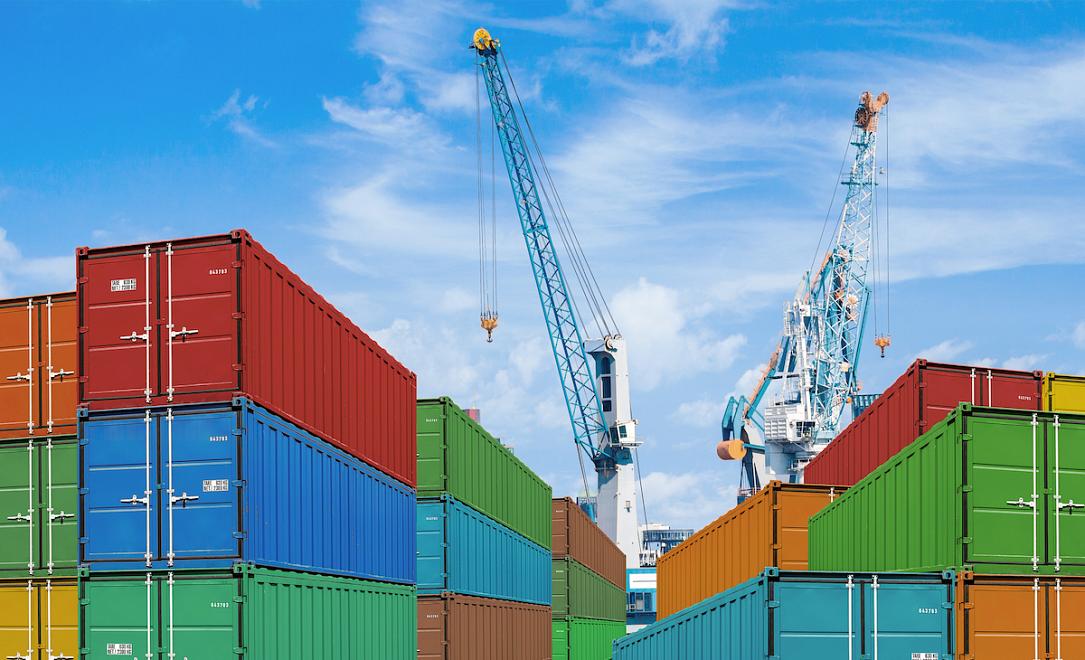Exports outperform imports in Romania for fourth consecutive month

Romania’s exports of goods increased by 8% y/y to EUR 8.64bn in May, when they outperformed imports (+0.8% y/y) for the fourth consecutive month, according to the statistics office INS.
In January-May, Romania’s exports rose by 7.5% y/y – over 5pp faster than the imports (+2.1% y/y). The trade gap consequently narrowed by 13.4% y/y to EUR 11bn in the five-month period and by 20% y/y to €2.2bn in May.
The country’s trade deficit returned to nominal levels closer to the pre-war period while the overall prices remained high – meaning that the actual volume of trade shrank, which is not surprising given the subdued economic activity.
In contrast, private consumption remains strong, which is consistent with the net imports of consumer goods remaining high: food imports increased by 2o.4% y/y while the exports decreased by 5.3% y/y, resulting in a significant deficit of some €1.65bn. The bulk of the deficit, some EUR 5.2bn in January-May, comes from the chemical industry, though.
In absolute terms (volume), the country’s foreign trade – both exports and imports – is losing momentum, according to Q1 GDP data released last week: exports contracted by 2.3% y/y and imports by 0.3% y/y. For the period, expressed in euros, the exports/imports increased by 8.4% y/y and 4.8%, respectively.
Compared to the period’s GDP, the exports also decreased – to 34.3% in Q1 this year, down from 37.6% in the same period of 2022, to the lowest level in the past five years. The imports also dropped to 44.4% of GDP in Q1, down from 49.9% in the same period last year.
(Photo: Andreykuzmin/ Dreamstime)
iulian@romania-insider.com













